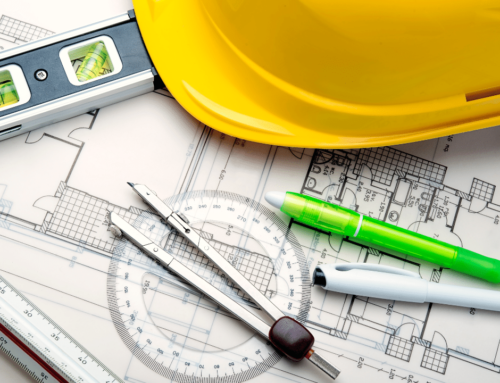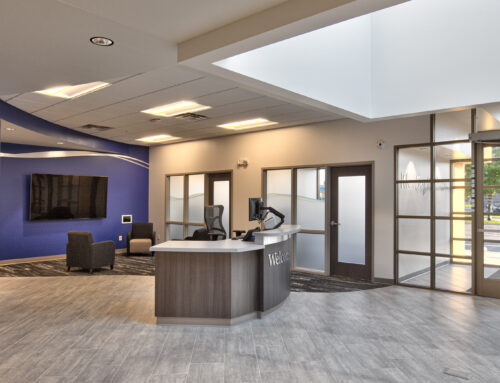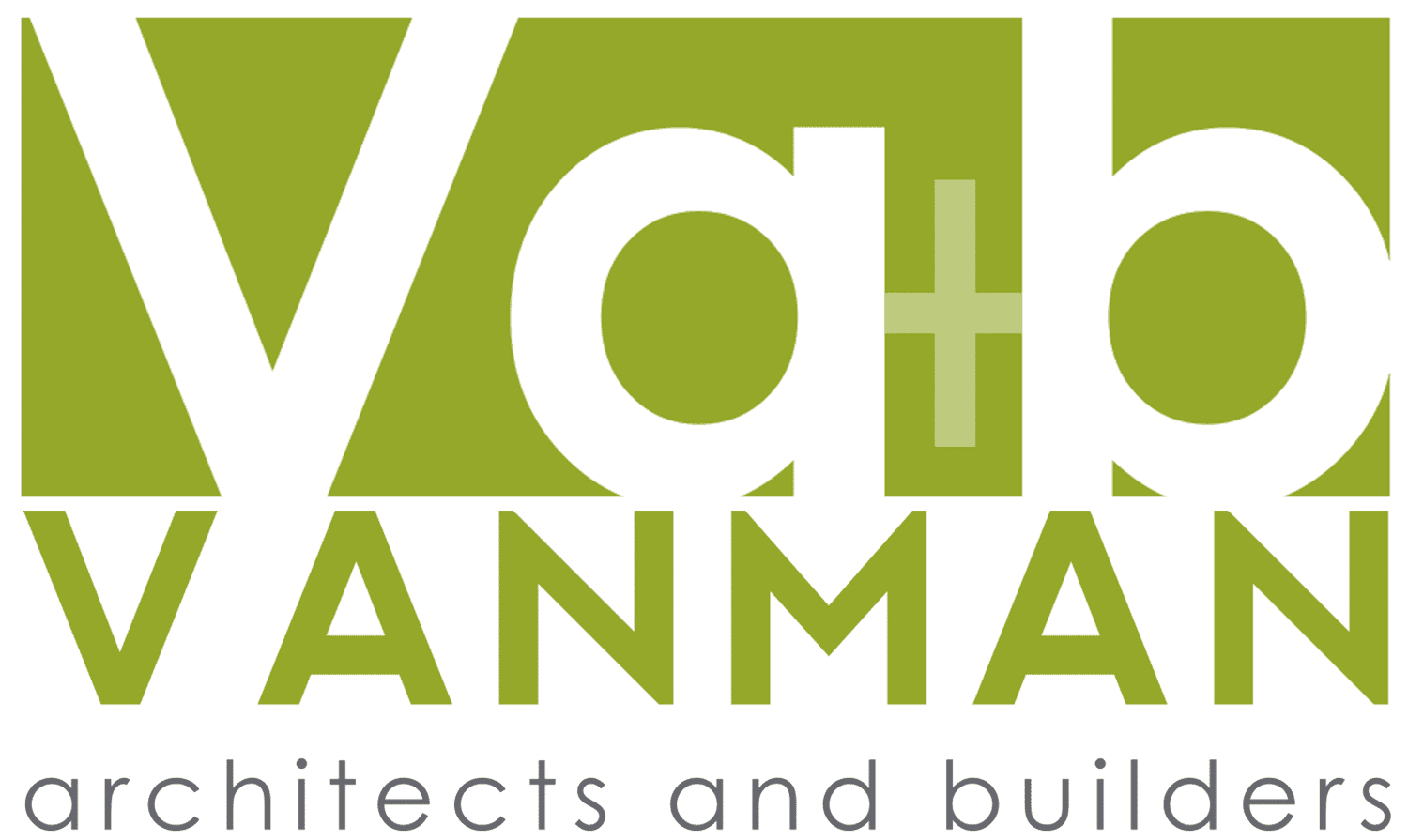
Every building starts with a vision. Architects bring these visions to life. But what does the architectural design process entail? How does a vision go from a conceptualized idea to something tangible? In this blog post, we will explore the steps and processes that an architect must undergo in order to transform a vision into a three-dimensional reality.
Step 1: Masterplanning (Pre-Design Process)
The first step of the architectural design process involves everything before any actual design takes place. To put it simply, architectural masterplanning is where the goals, values, and needs of a client are defined. This is the stage of the process where an architect will meet with his/her client to discuss and refine a shared “game plan” for the project. Developing a cohesive relationship with a client is a critical piece of the puzzle as it is extremely important for the client and the architect to share the same “vision” before moving on to the subsequent stages.
During this phase of the architectural design process, questions such as: What sorts of features – both functional and aesthetic – does the building require? What is the time frame for occupying your new space? Who will be occupying the space? How will the space be utilized? What are the indoor and outdoor space requirements? What does the budget look like?
Once these questions are fully considered and discussed, the next stage of the architectural design process can take place.
Step 2: Schematic Design
Now that the architect and client are on the same page with the overall vision of the project, the foundation and design elements of the building are brought to life through drawings. The architect evaluates the program, schedule, and budget from the first stage of the architectural design process and prepares a rough sketch of the building schematics to review with the client. The preliminary illustrations will outline the layout, features, and aesthetics of the space, which work to offer a first glimpse as to how the building will take shape.
During this stage of the architectural design process, honest communication between architect and client is paramount. Establishing a clear decision-making process can make the difference between satisfaction and regret.
Step 3: Design Development
Now that the schematics are drawn out and agreed upon, it’s time expand those illustrations into a working model of the final project. During this phase of the architectural design process, the schematics from the previous step will be overlaid with far more detailed information provided by team members and consultants.
The design team will work to solve any coordination issues, while at the same time focusing on enhancing the project in order to mitigate the need for major revisions during construction documentation, or even worse, construction itself.
At the same time, the architect will put their minds toward scaling floor plans and drawing out detailed elevations for approval. Here, the design elements and plans that have been decided on along the way will be fleshed out into a three-dimensional form. This is where things start to get really exciting since the schematics for the building will start to become much more vivid and tangible.
It is, however, worthy to note that once the final outline is approved and signed off on, any significant changes made after this stage of the architectural design process will result in costly repercussions – so make sure everything is 100% up to par before moving on to the next steps.
Step 4: Construction Drawings
The final step of the architectural design process involves translating the schematics so that they are suitable for construction and permit submittal. The architect will prepare final drawings that fully communicate the design elements to those who will be involved in the construction process of the space.
Construction drawings take form through large scale, detailed outlines that define the components of the building that need to be assembled and fabricated in order for it to take shape. It is the architect’s task, now, to develop the remaining elevations and preliminary structural analyses before consulting with the team of engineers, designers, landscapers, etc. to ensure a complete and coordinated set for construction.
Step 5: Bringing the Vision to Life
Once the architectural design process is completed and ready for building, it’s up to the construction team to take those ideas and bring them to life.





